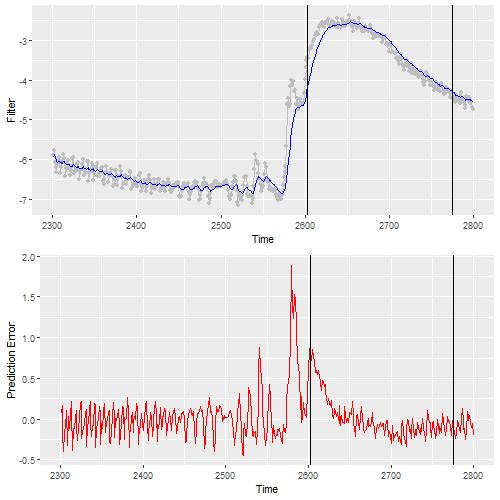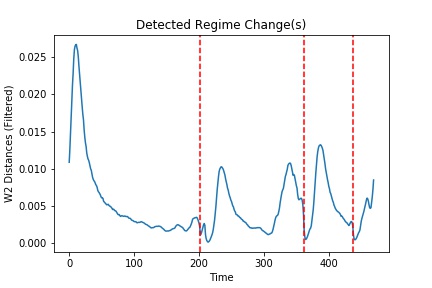Research Interests
My interests lie in applied mathematics. Currently, I am building on my solid foundation of probability, statistics, and stochastic calculus by researching failure events in granular media. Specifically, I am applying Bayesian techniques to predict when systemic failure is about to occur in a time evolving network of data points.
During my time as an undergraduate, my first research experience was an analysis of optimal bounds on the standard approximation of the prime-counting function. I co-published a paper in the Ball State Undergraduate Mathematics Exchange on the results and presented it at the Joint Math Meetings 2015.
Later in my career, I conducted research into numerical solutions of partial differential equations. My ultimate goal was to model crowdflow over complex regions. To this end, I constructed a finite element method solver in Matlab for variations on the standard convection-diffusion equation. Below is an example of my numerical solution to a simple convection-diffusion equation on a triangular mesh.
As a graduate student, I have done some work on applying Bayesian techniques to analyze risk in simple betting games. In many of these games, there is a simple strategy for optimal growth, known as the Kelly Criterion. while the strategy is optimal for growth, there is still an element of risk. Moreover, the strategy depends on knowledge of the underlying parameters of the game, so introducing uncertainty increases the risk. Here is a snapshot of my current work.
This past year, I have been working with my advisor, Dr. Miroslav Kramar, on a multi-disciplinary project concerning earthquake prediction. We have applied a variety of methods, including topological data analysis, Bayesian filtering, Fourier analysis, machine learning, and Bayesian changepoint detection. My contributions include applying the Kalman Filter in order to extract a general trend and analyzing changepoint detection to classify different regimes of behavior. The methods we are developing are useful for detecting upcoming systemic change in any context where we have access to the data of a network of points and an understanding of how they are connected. Below is a snapshot of the results of the filter:

and detecting changepoints from the streaming data:
